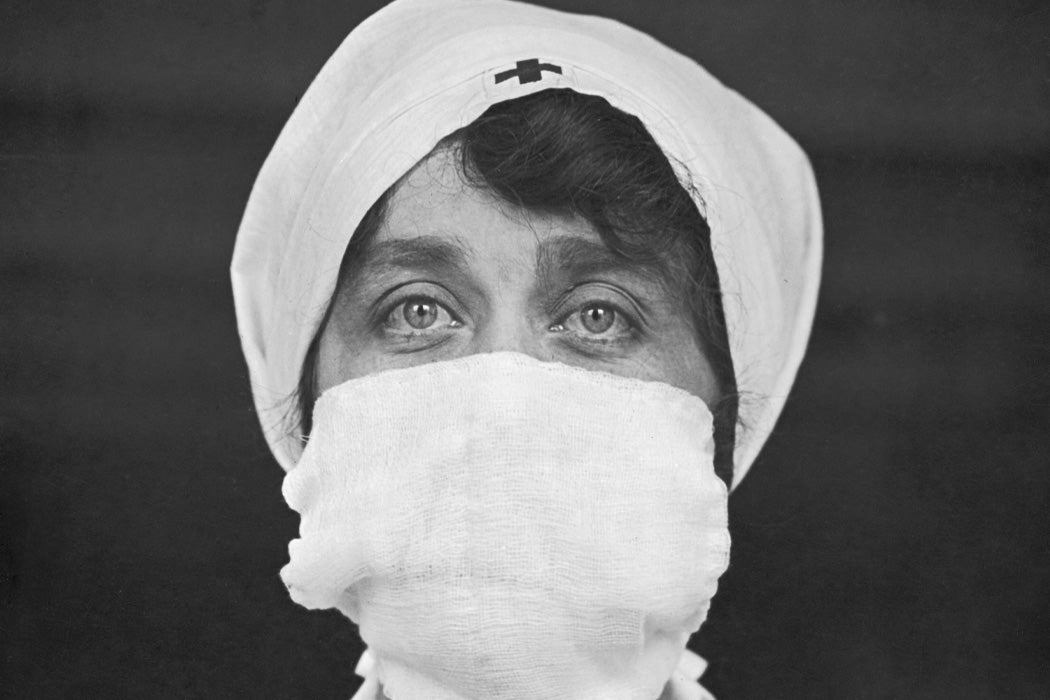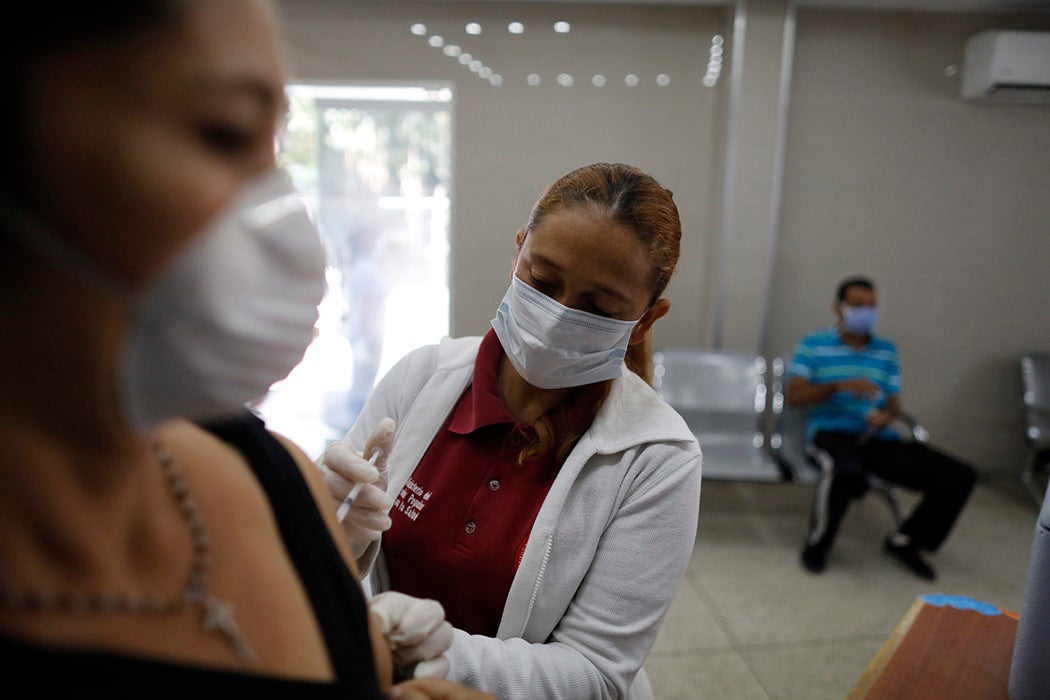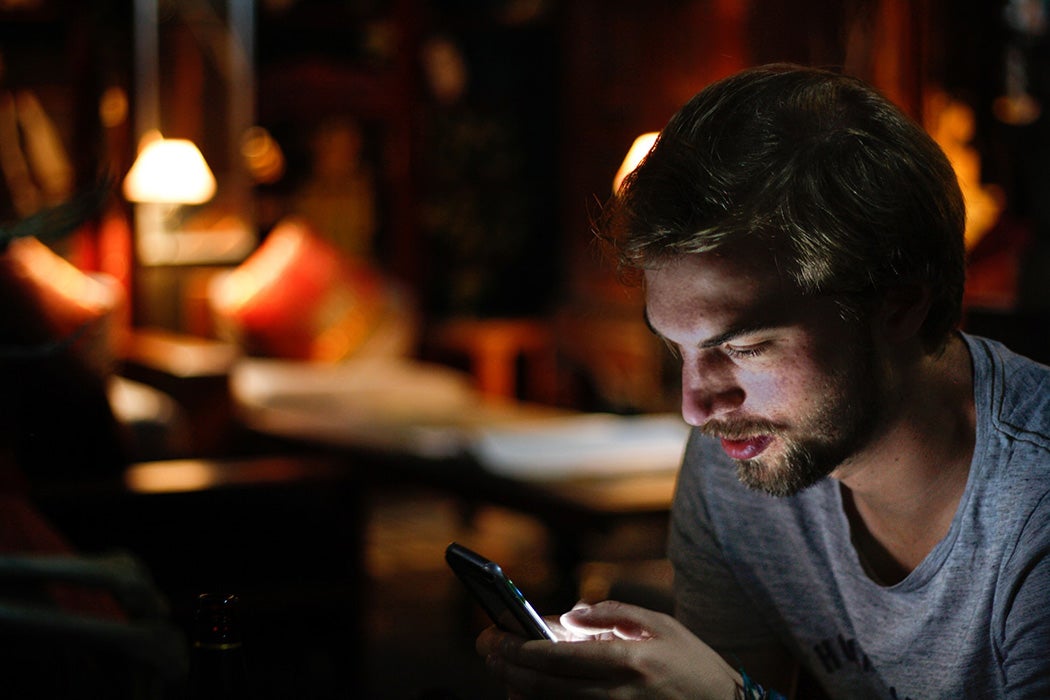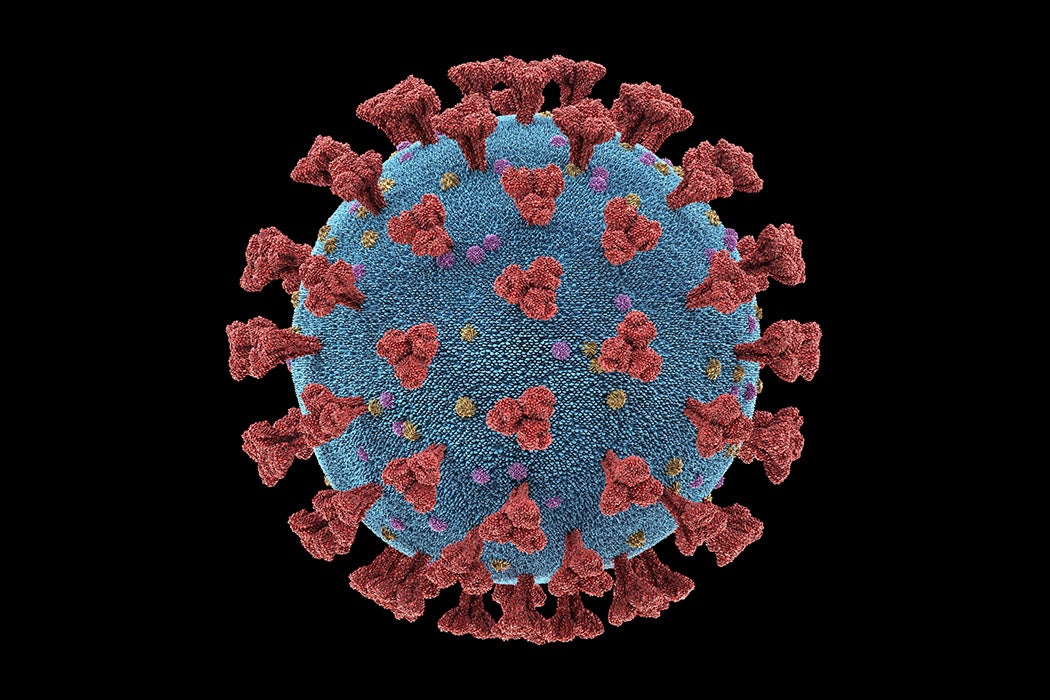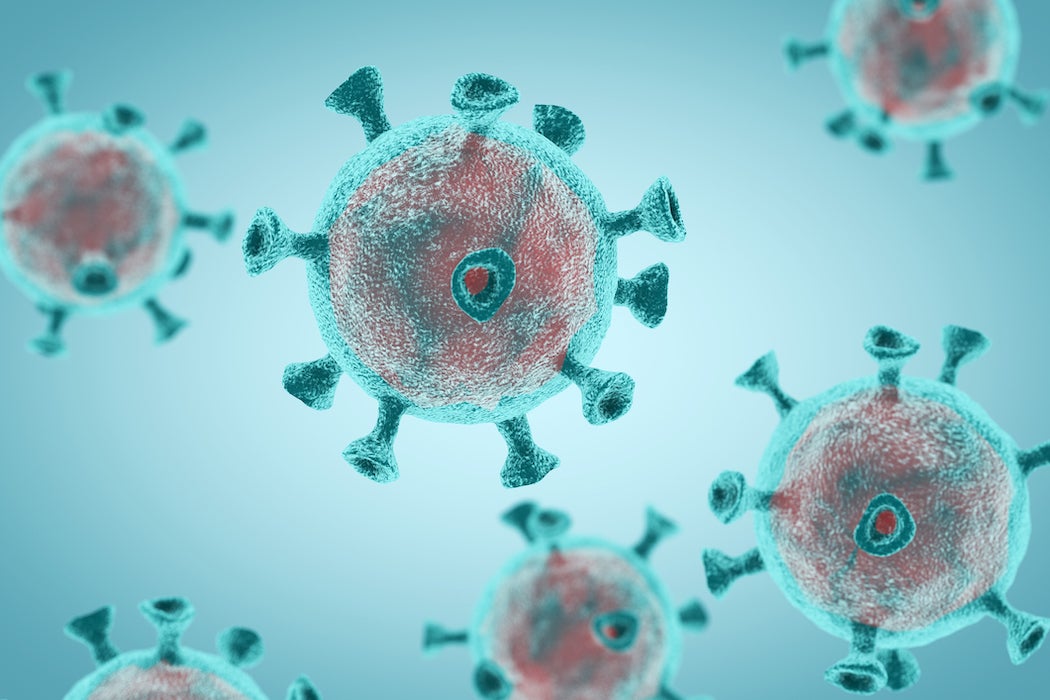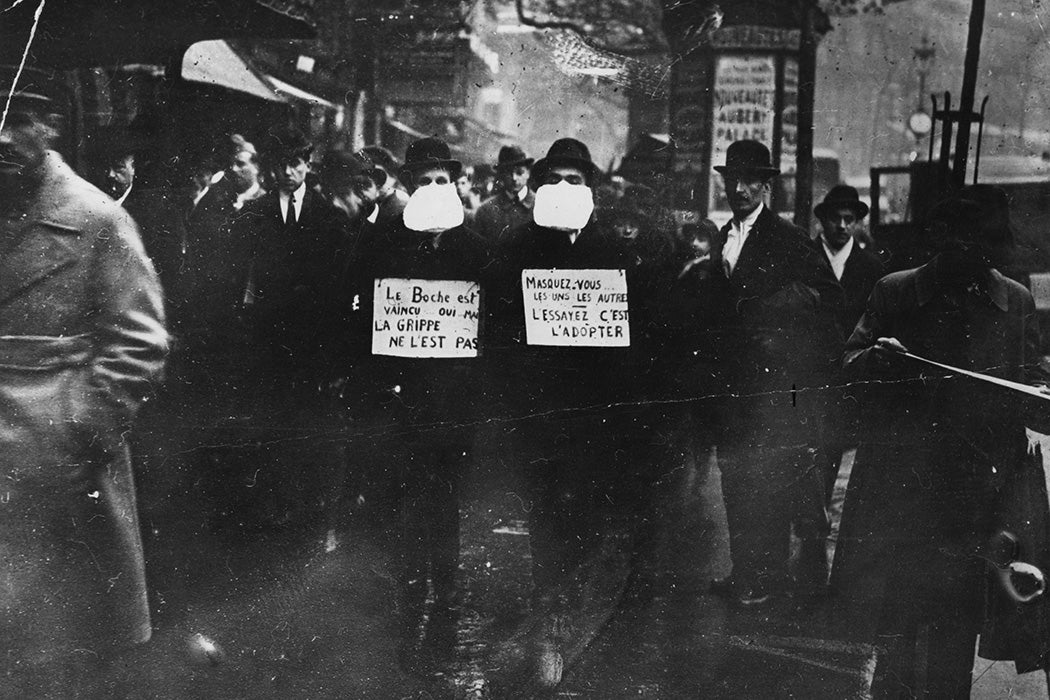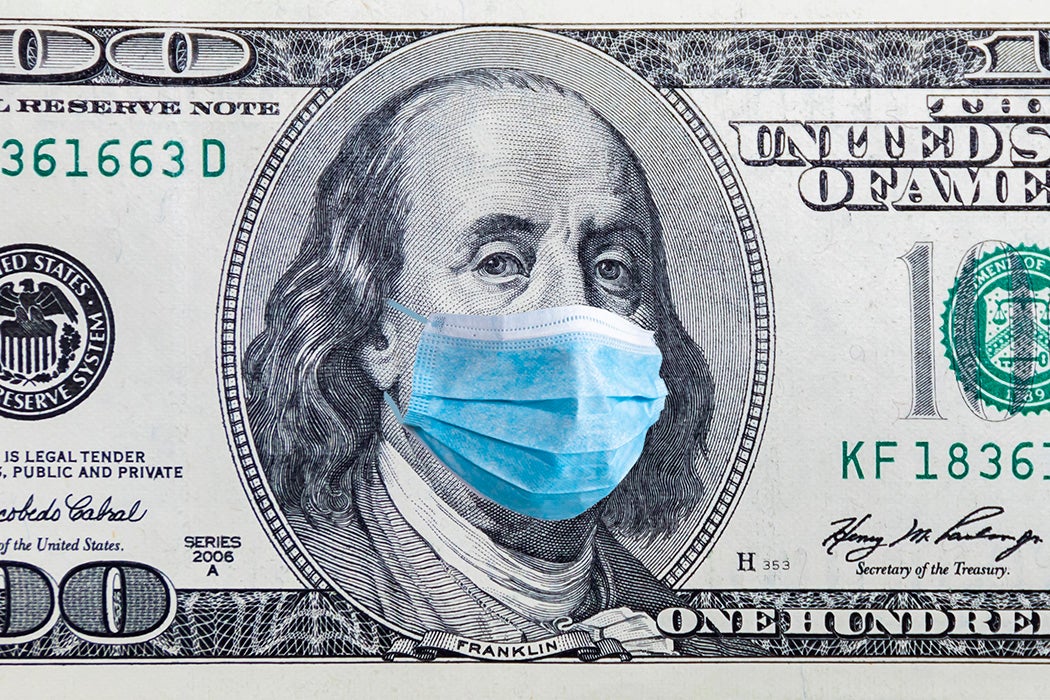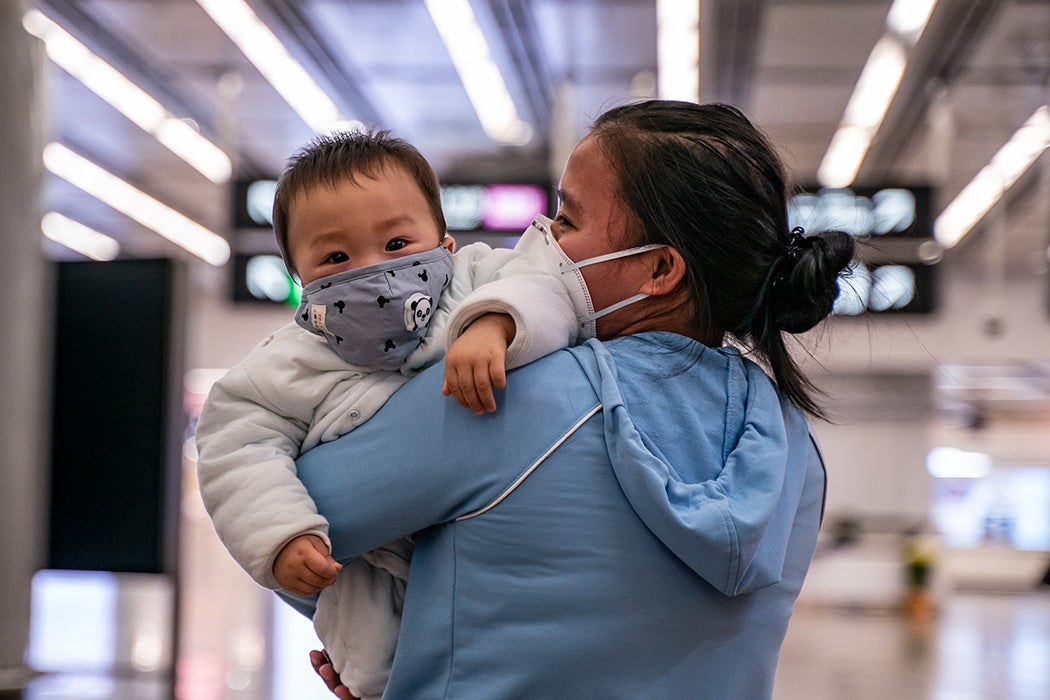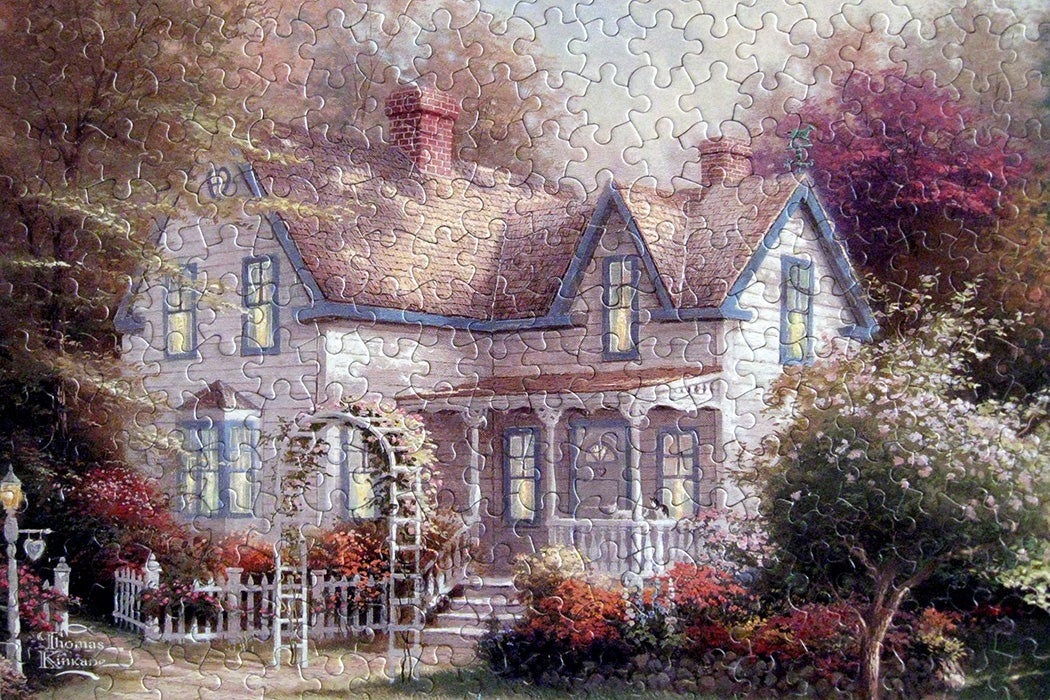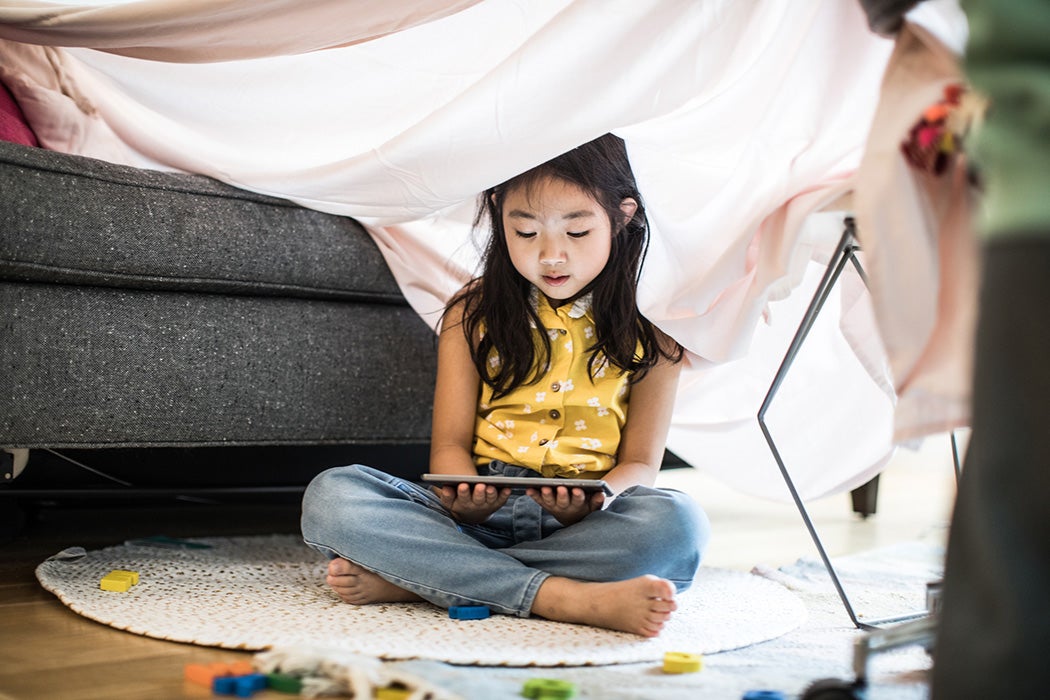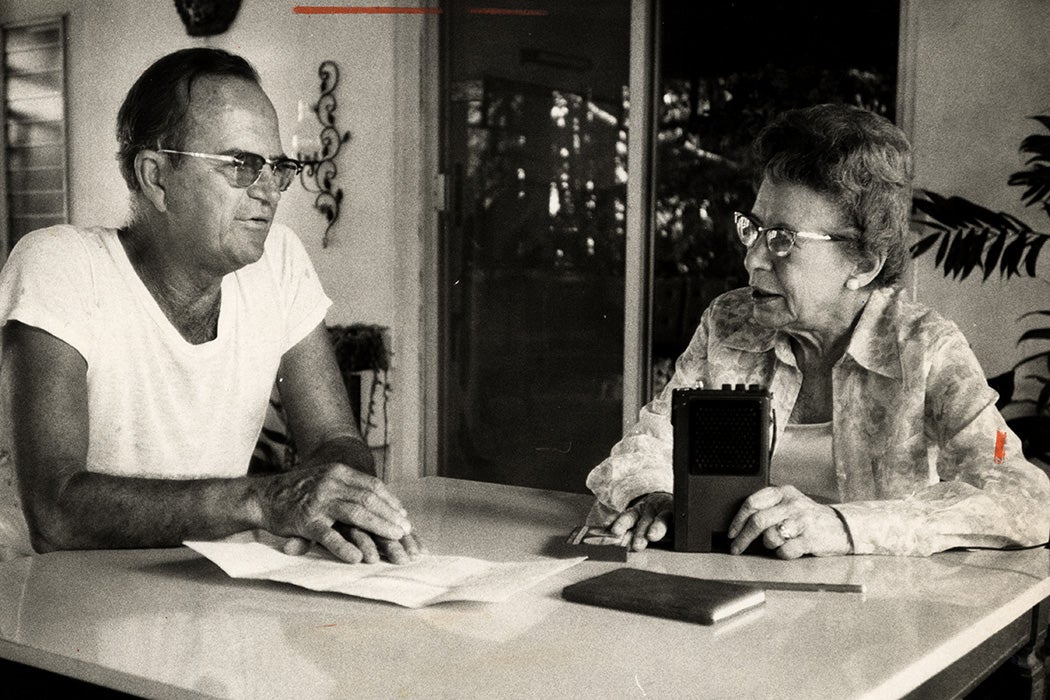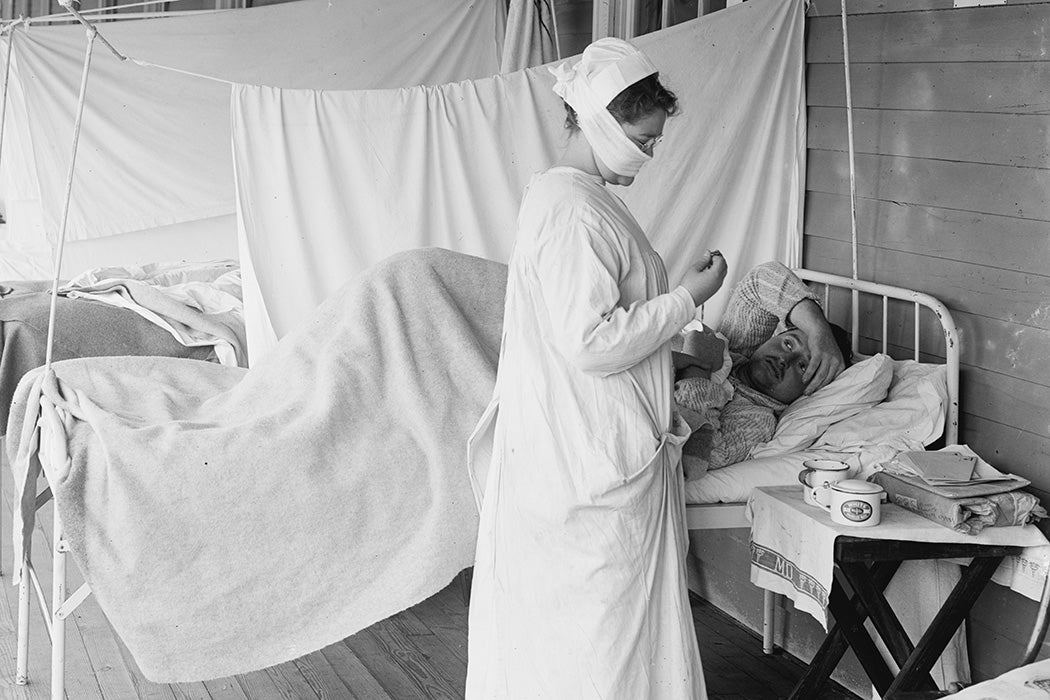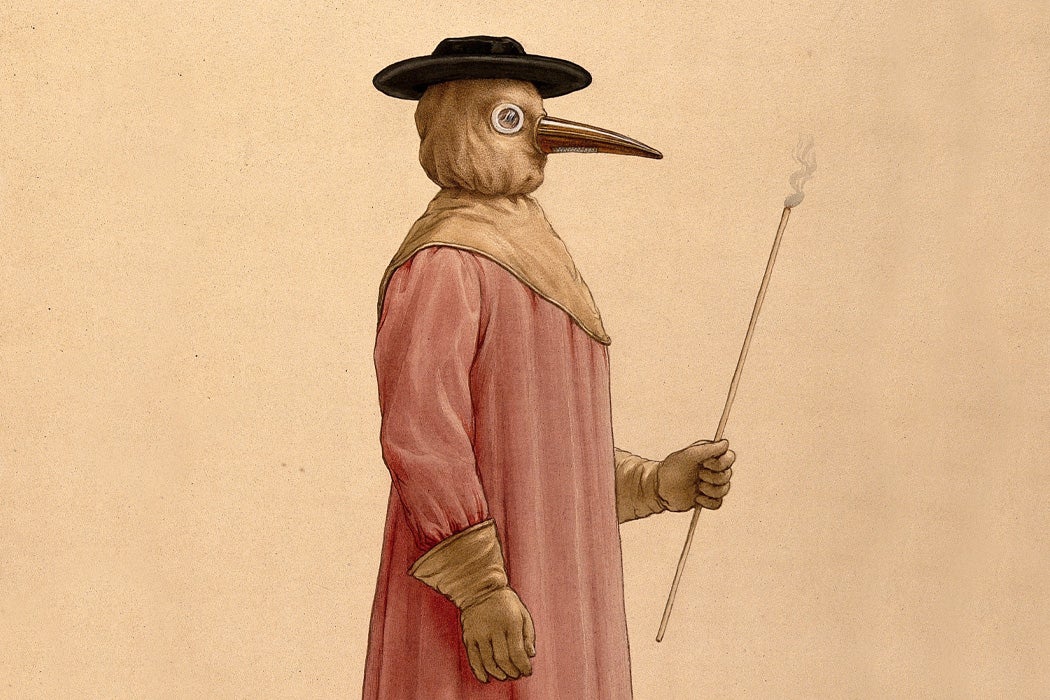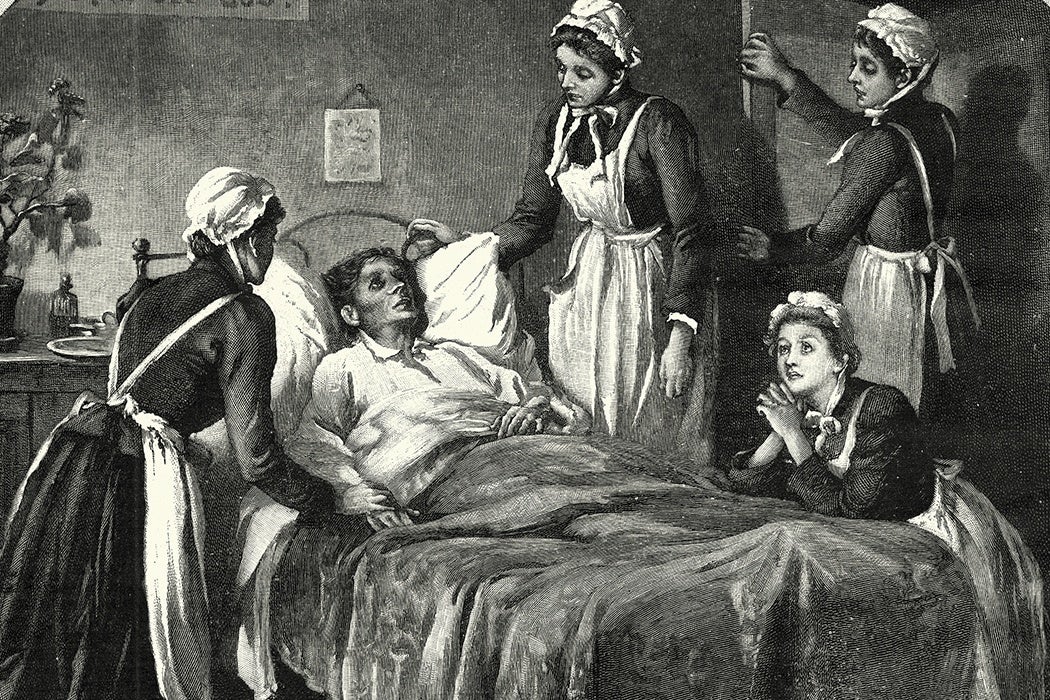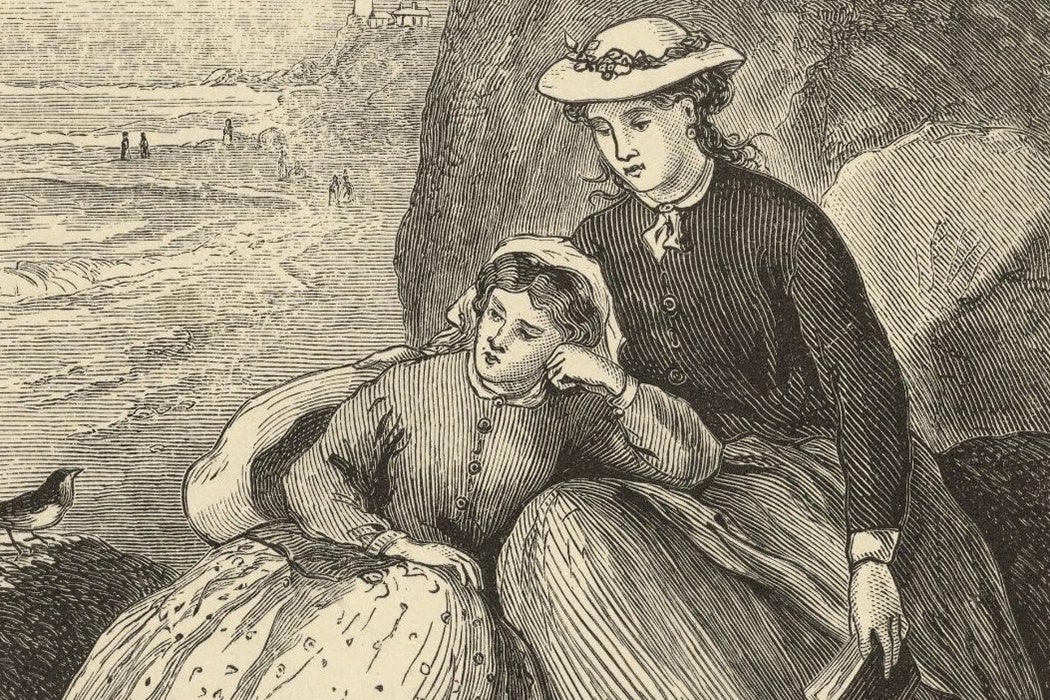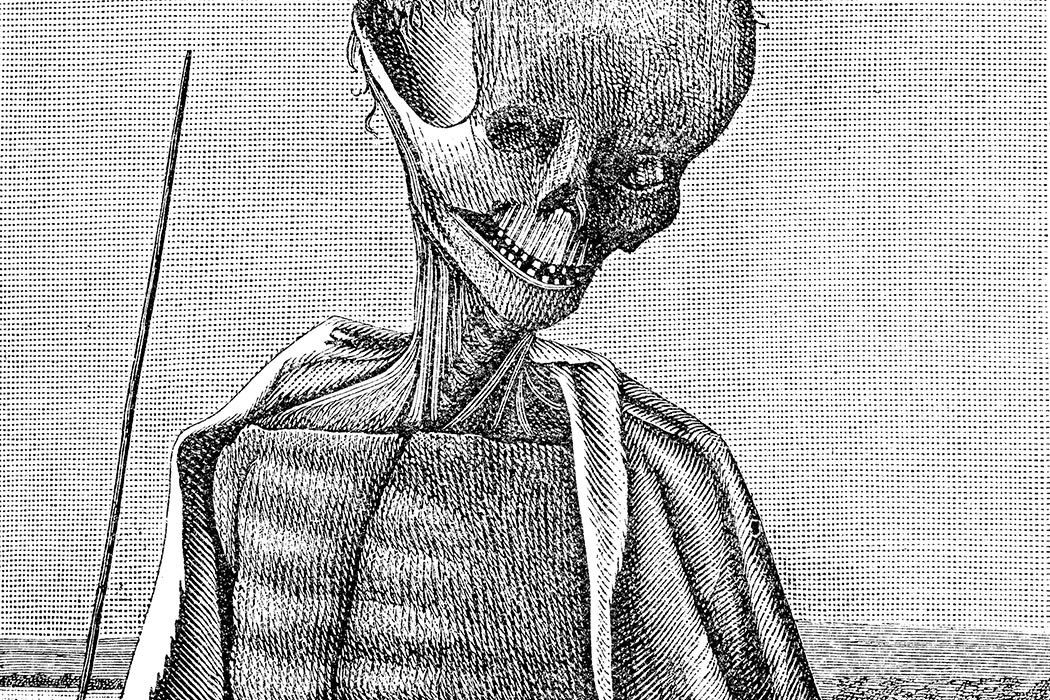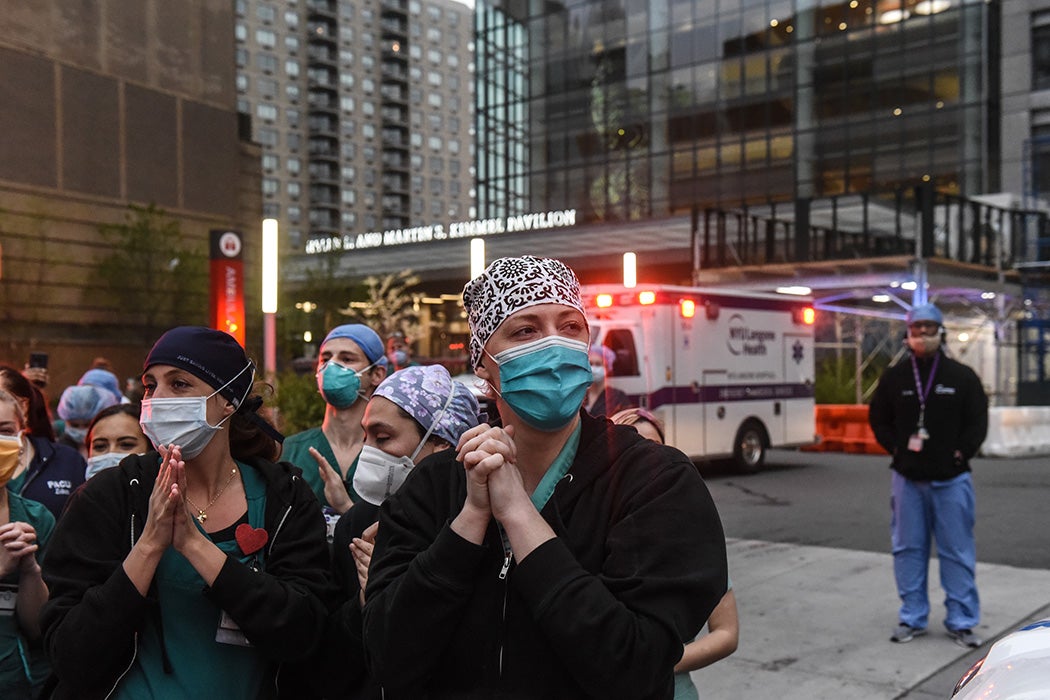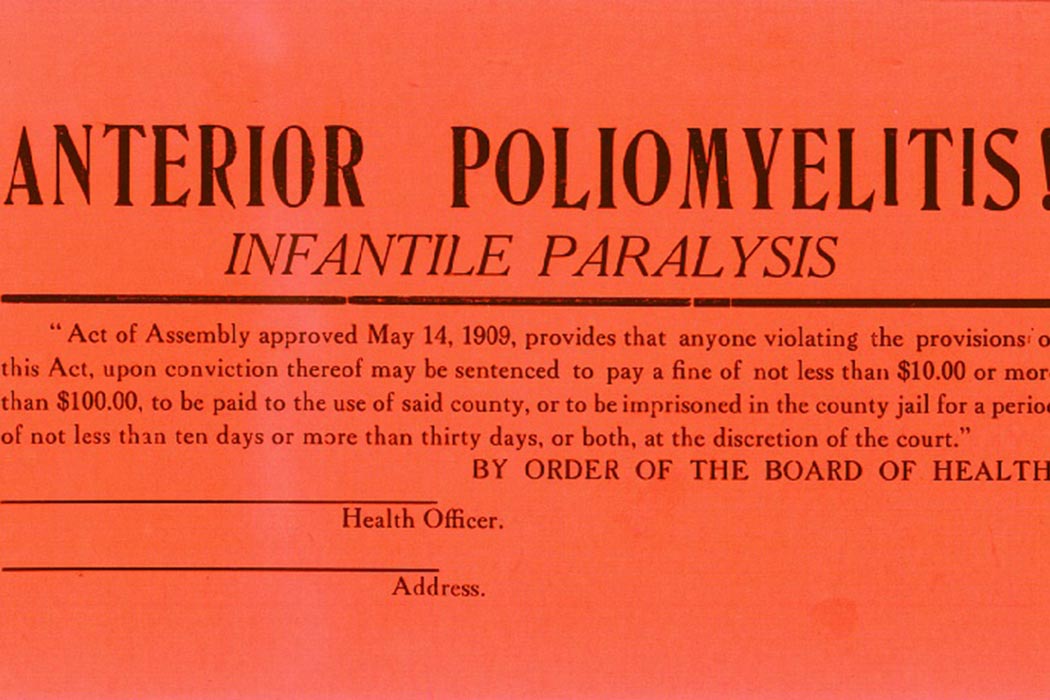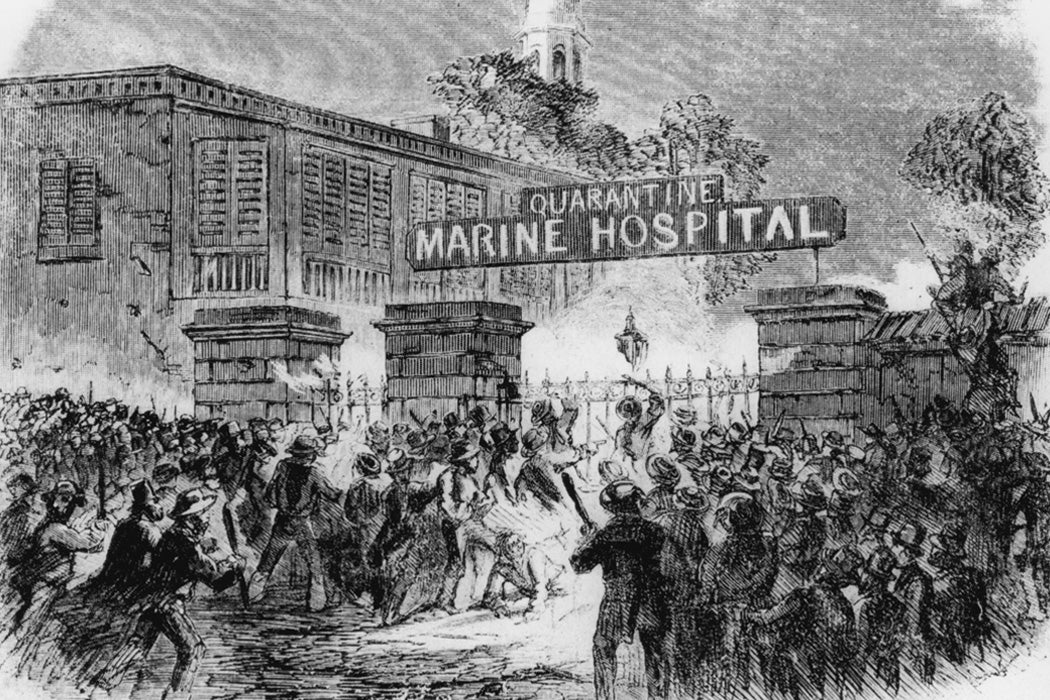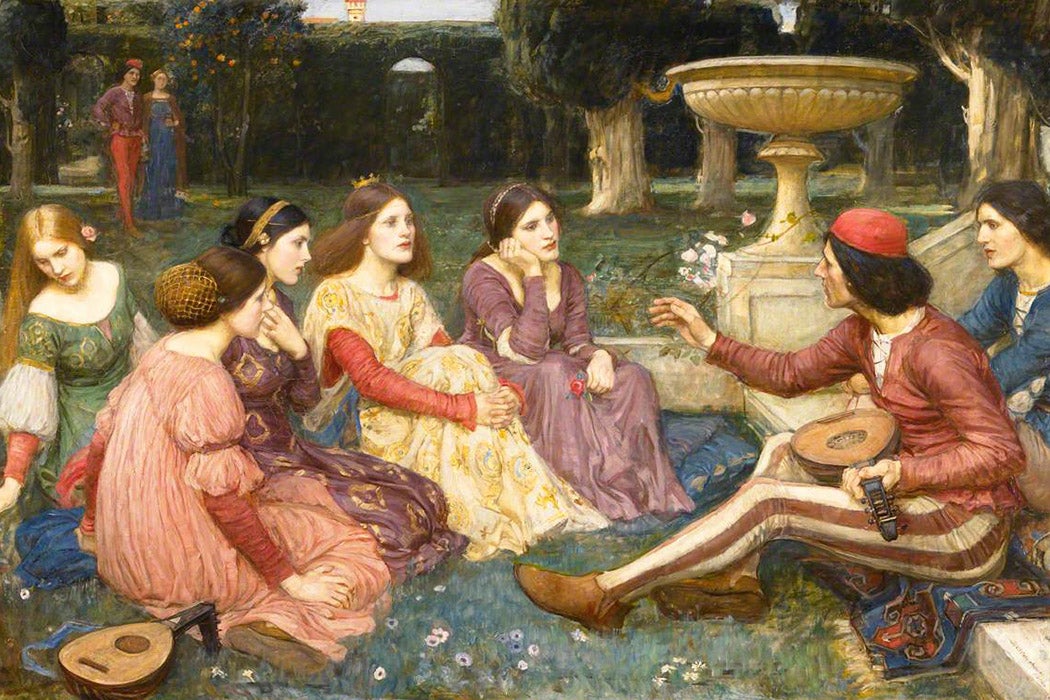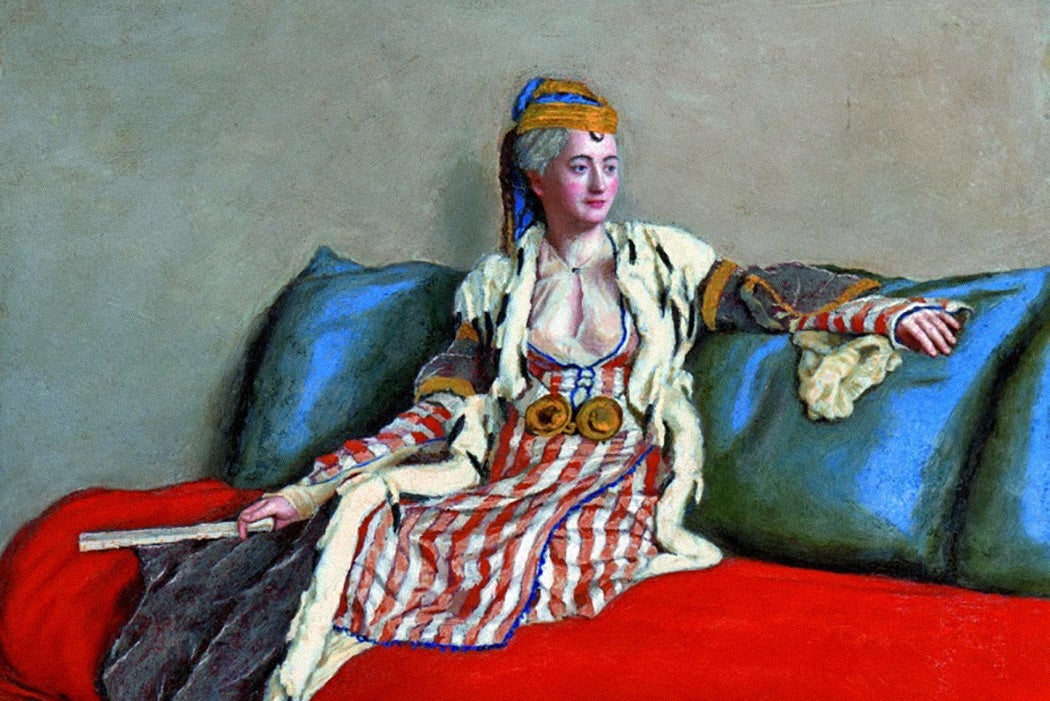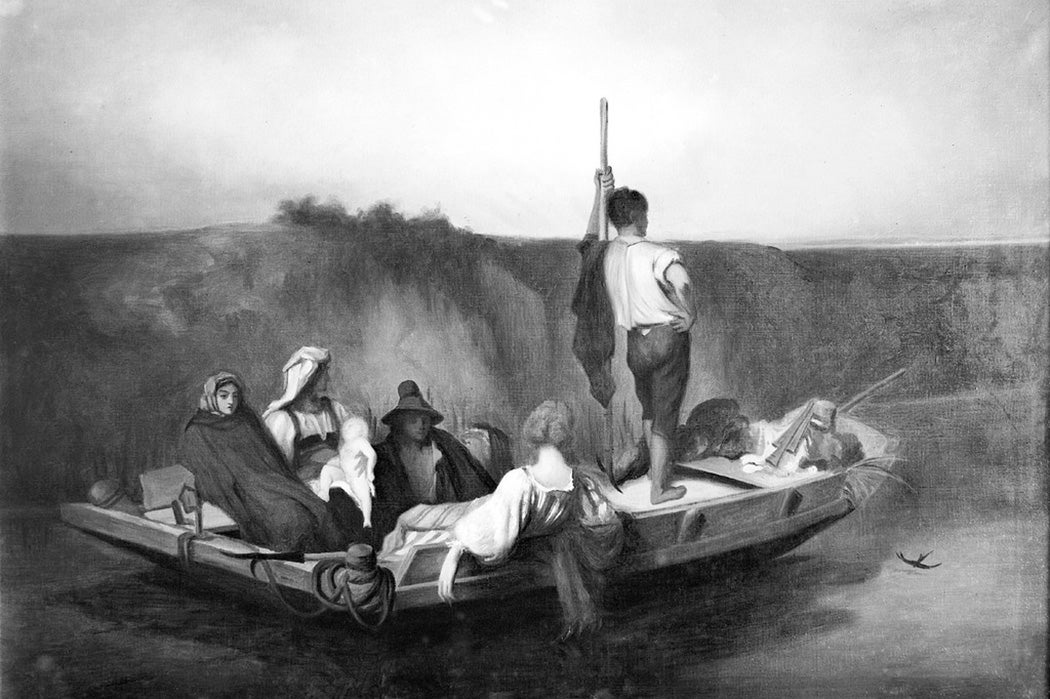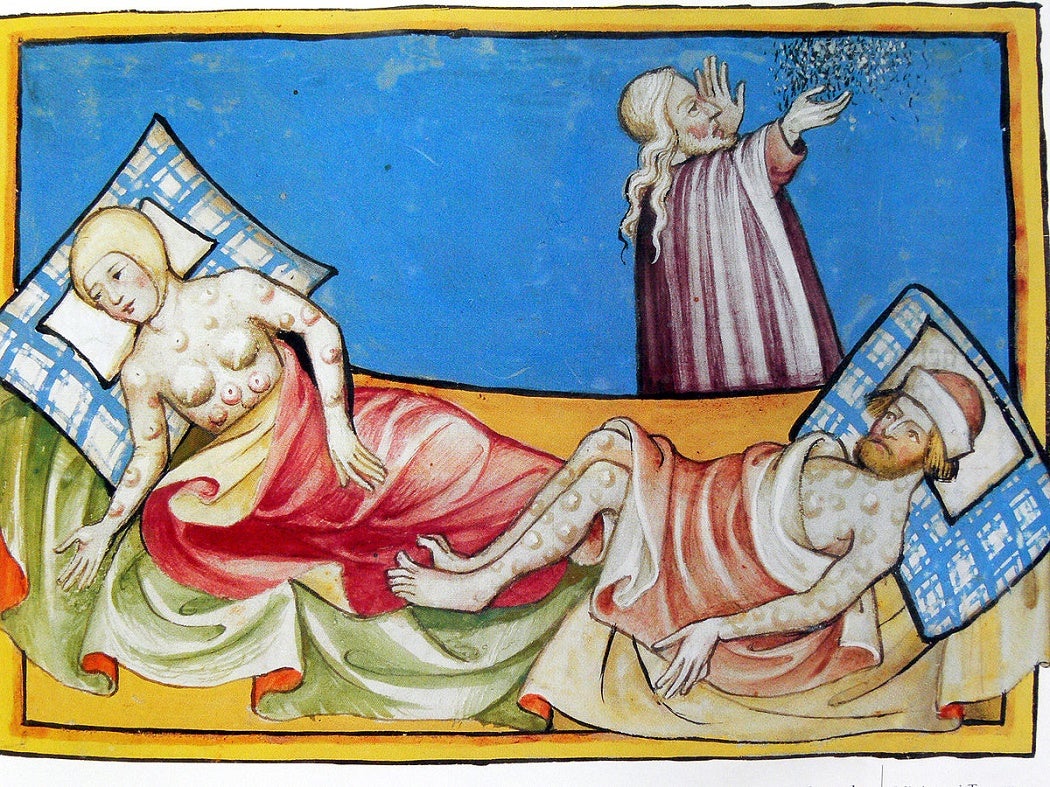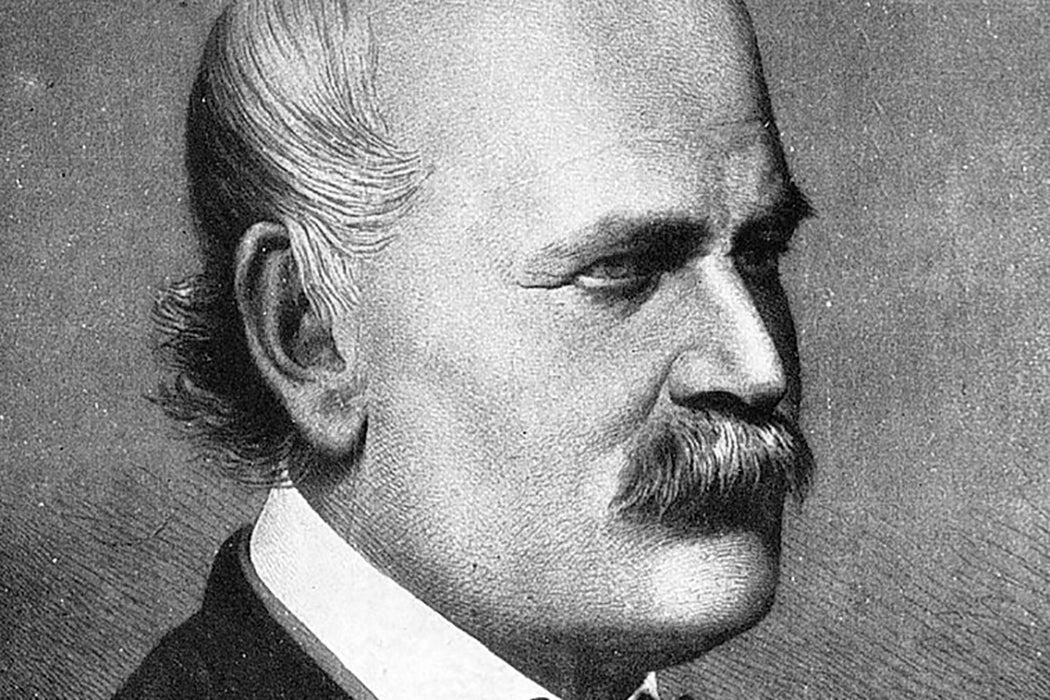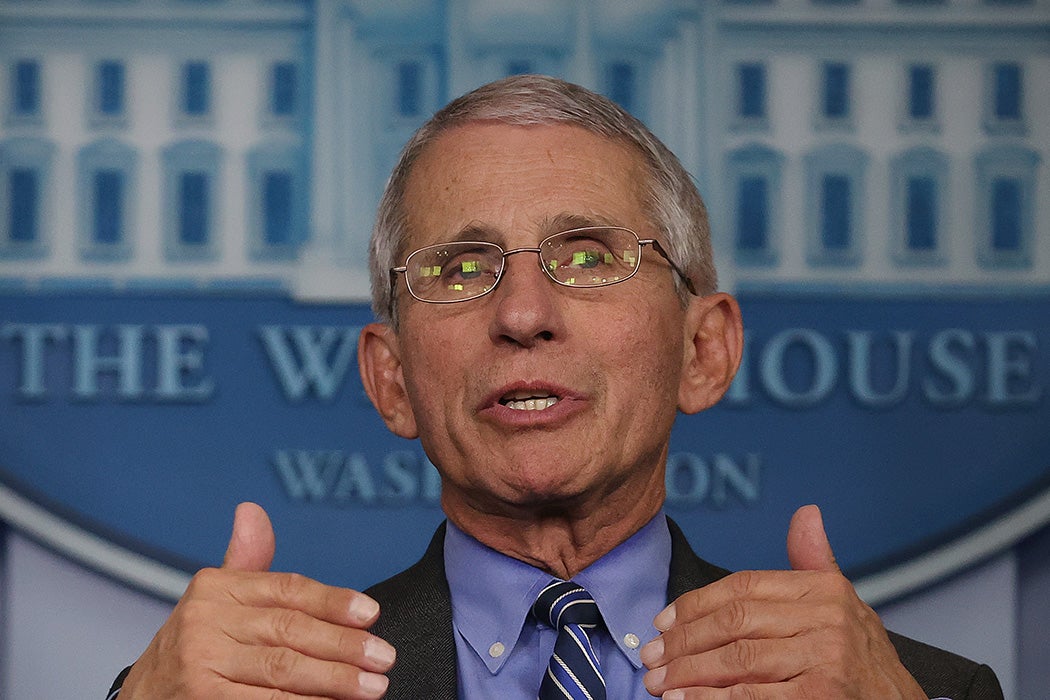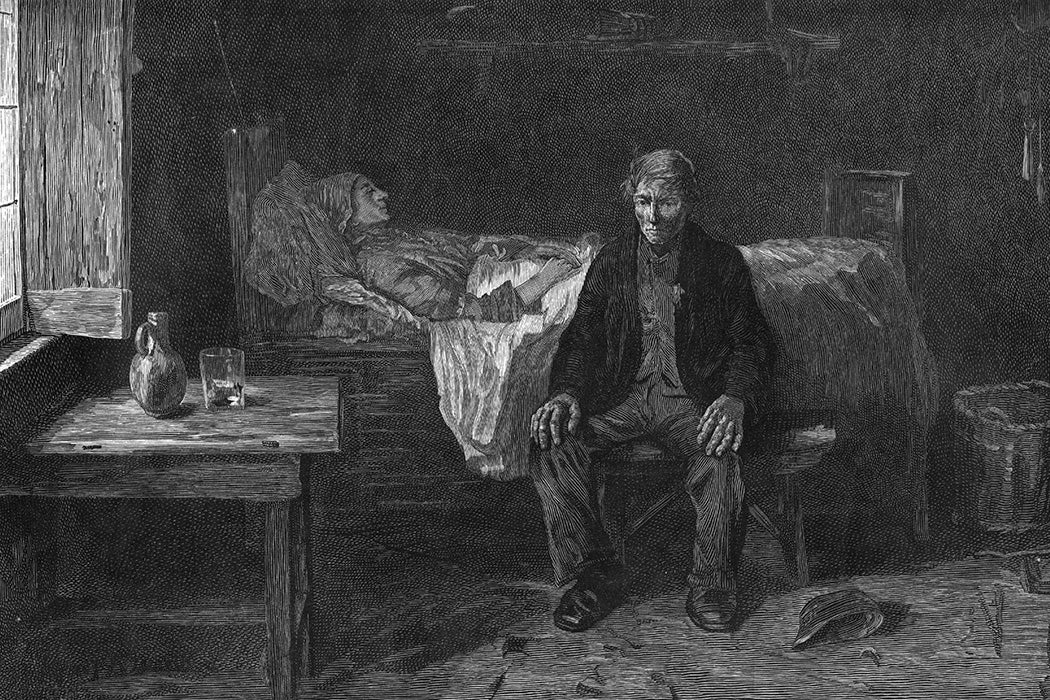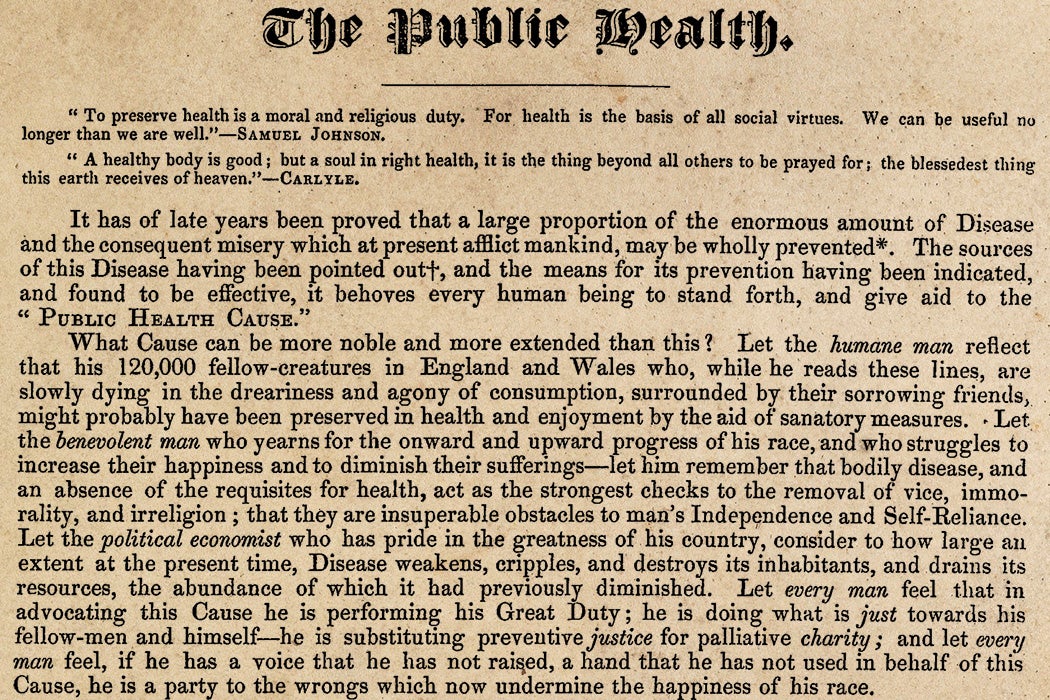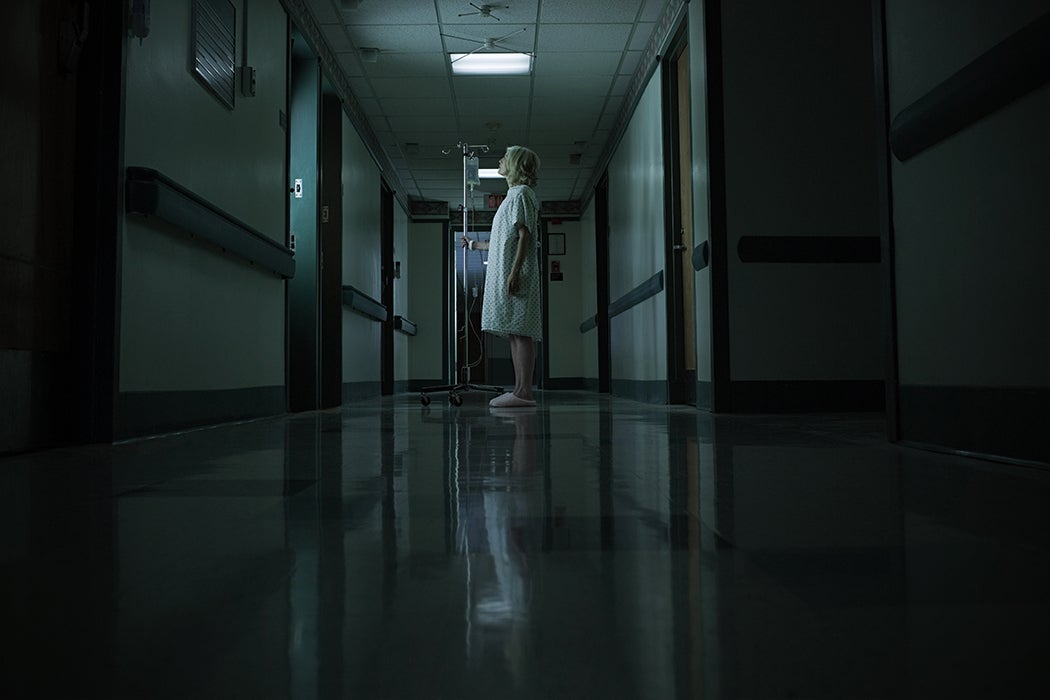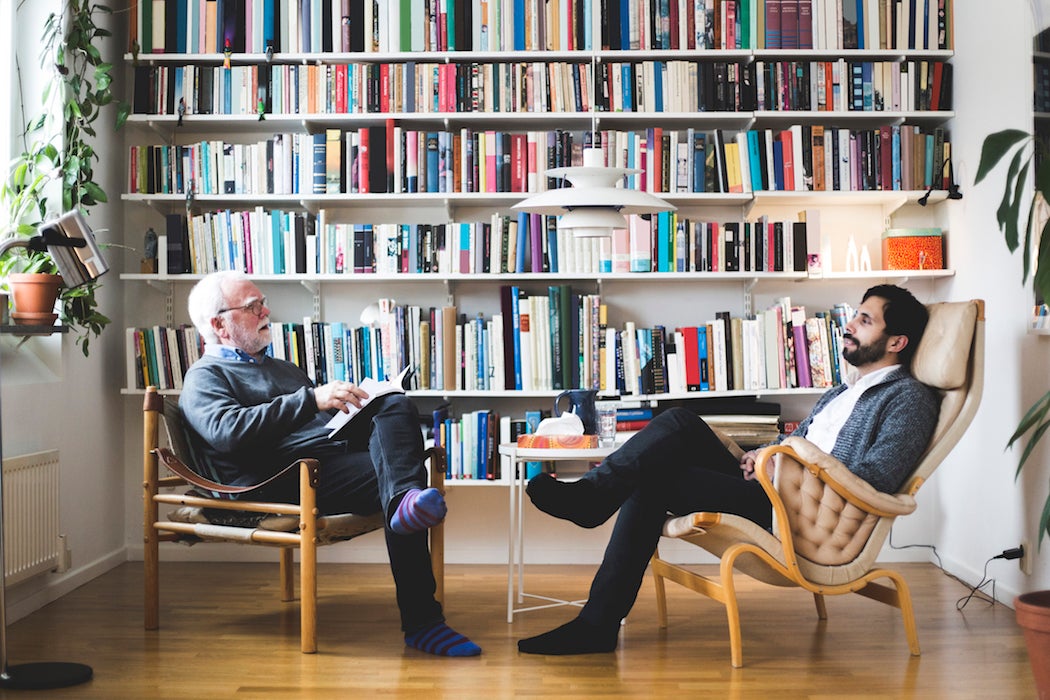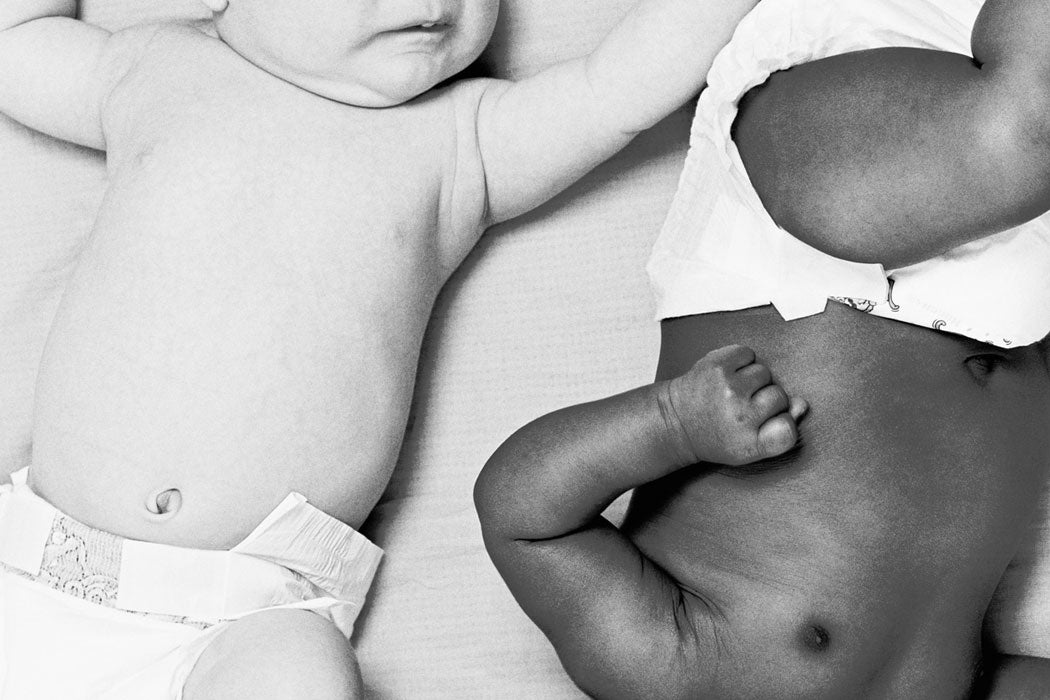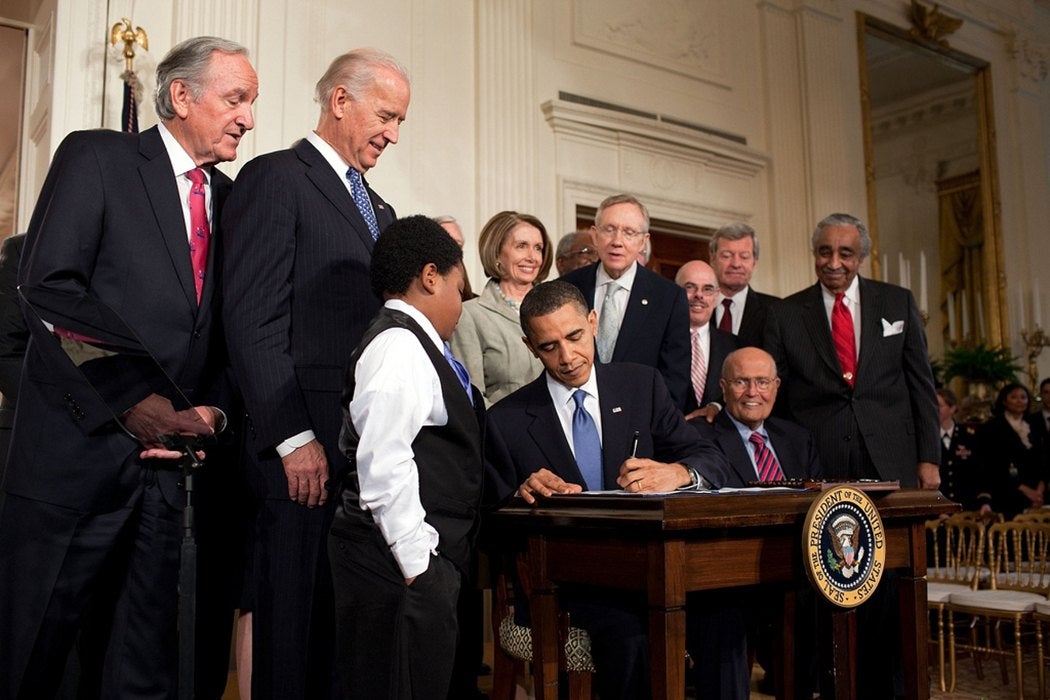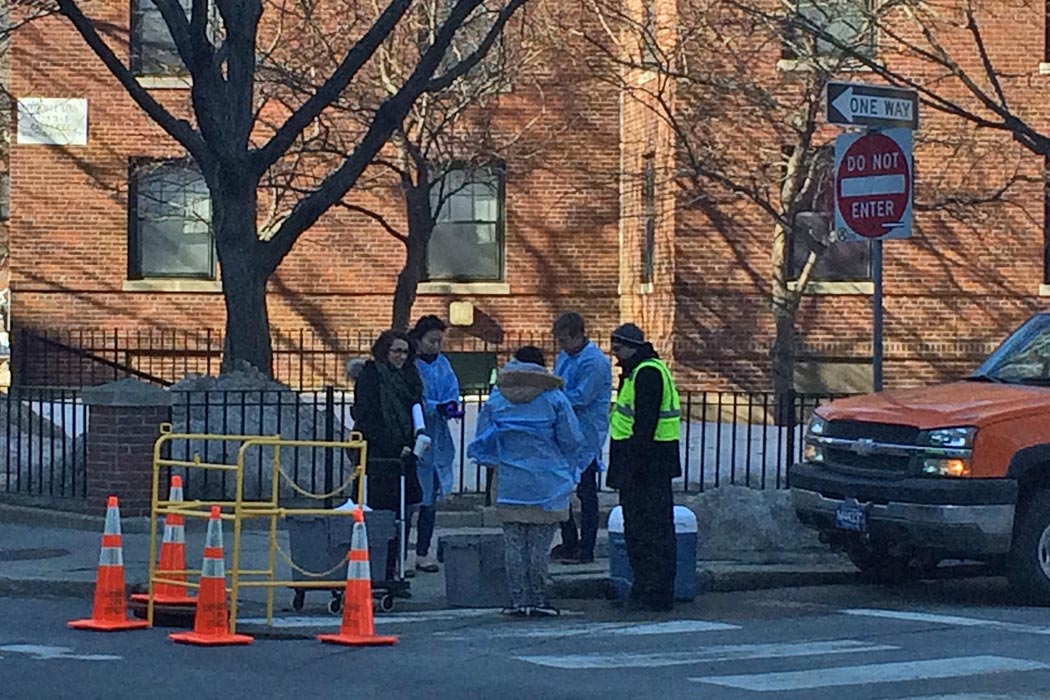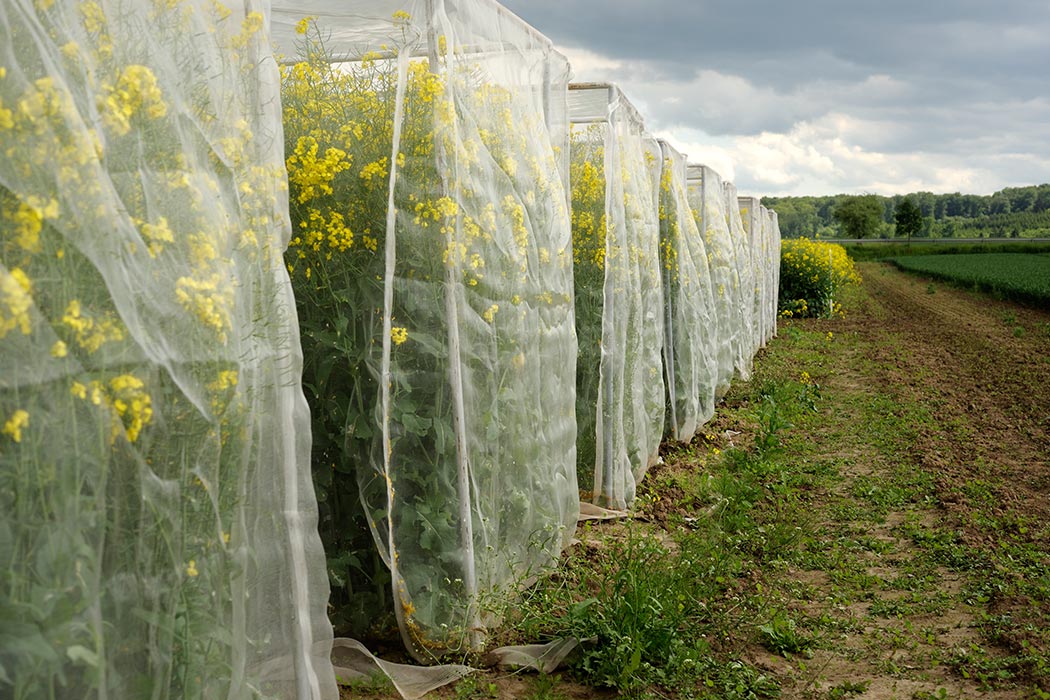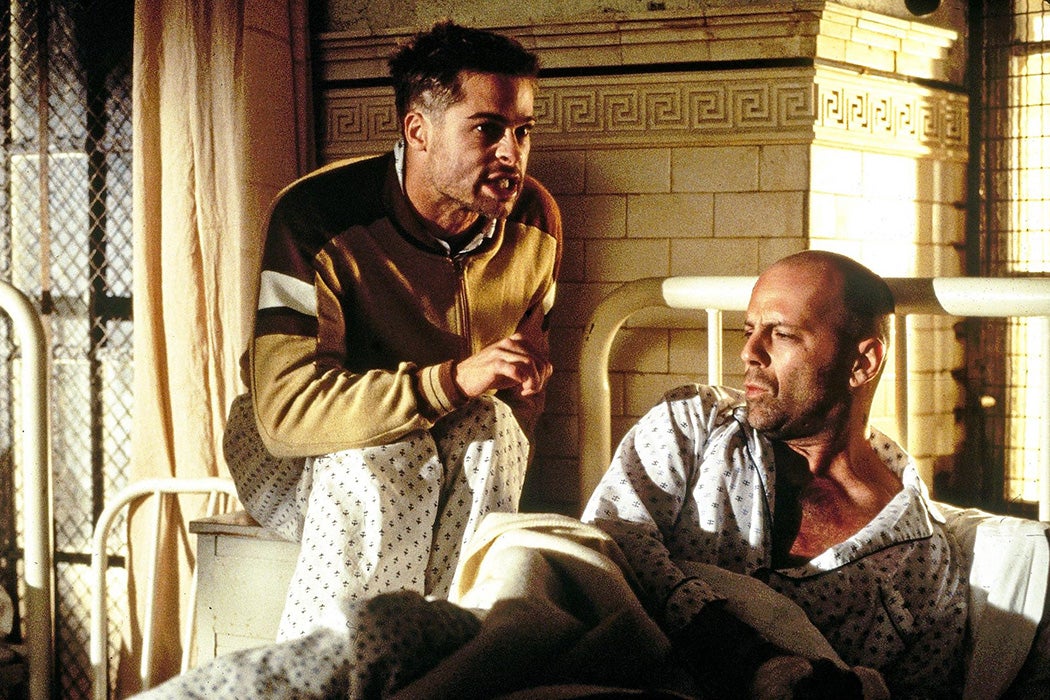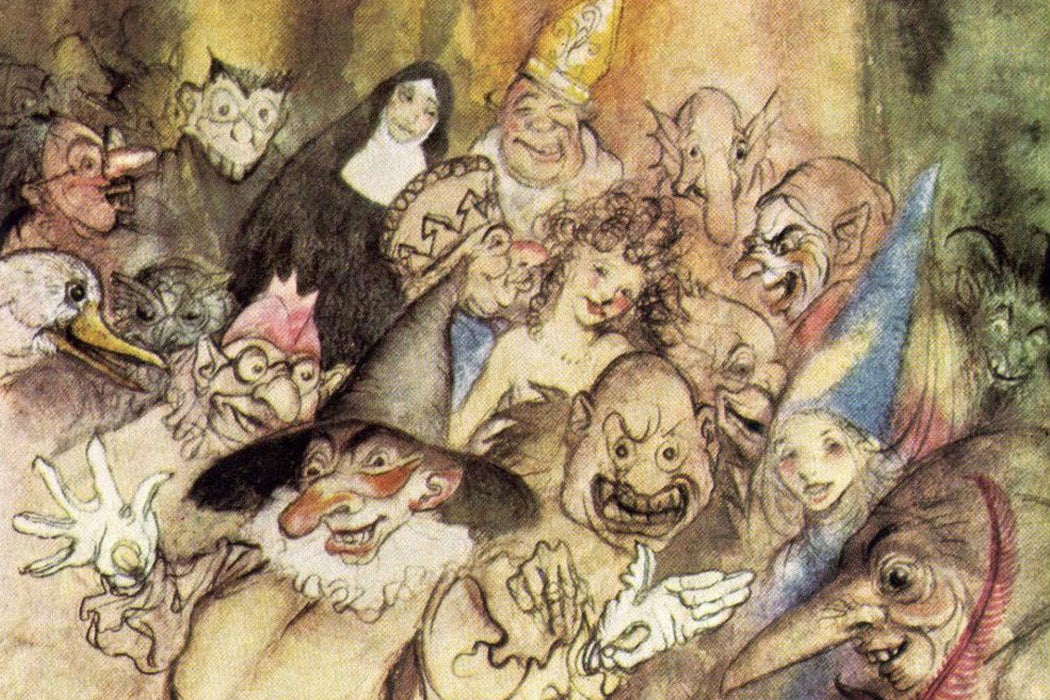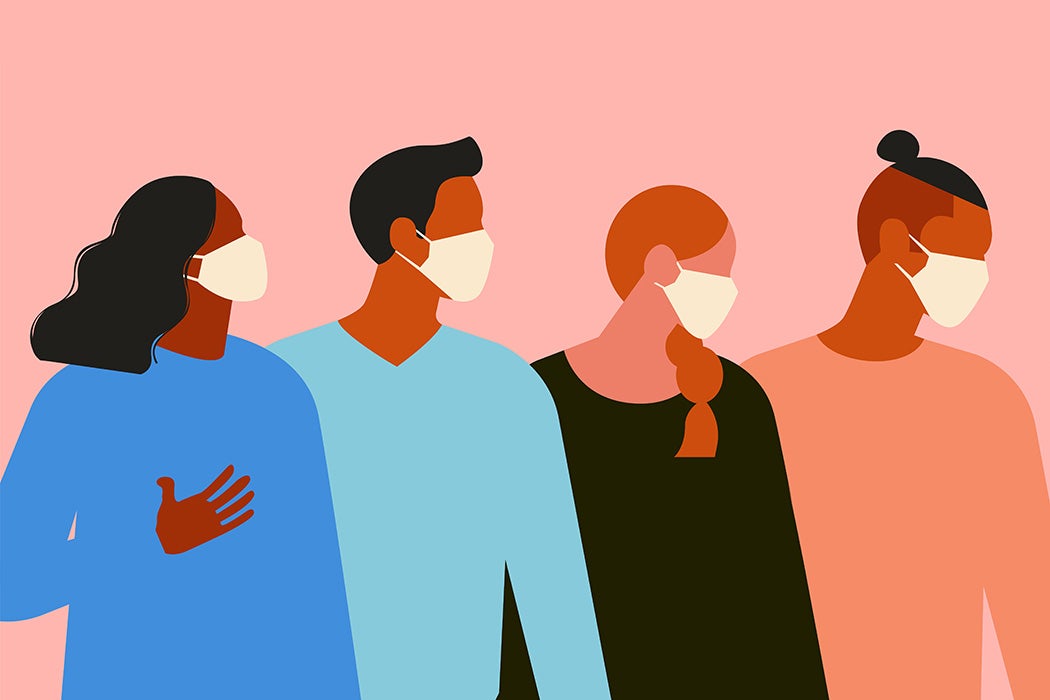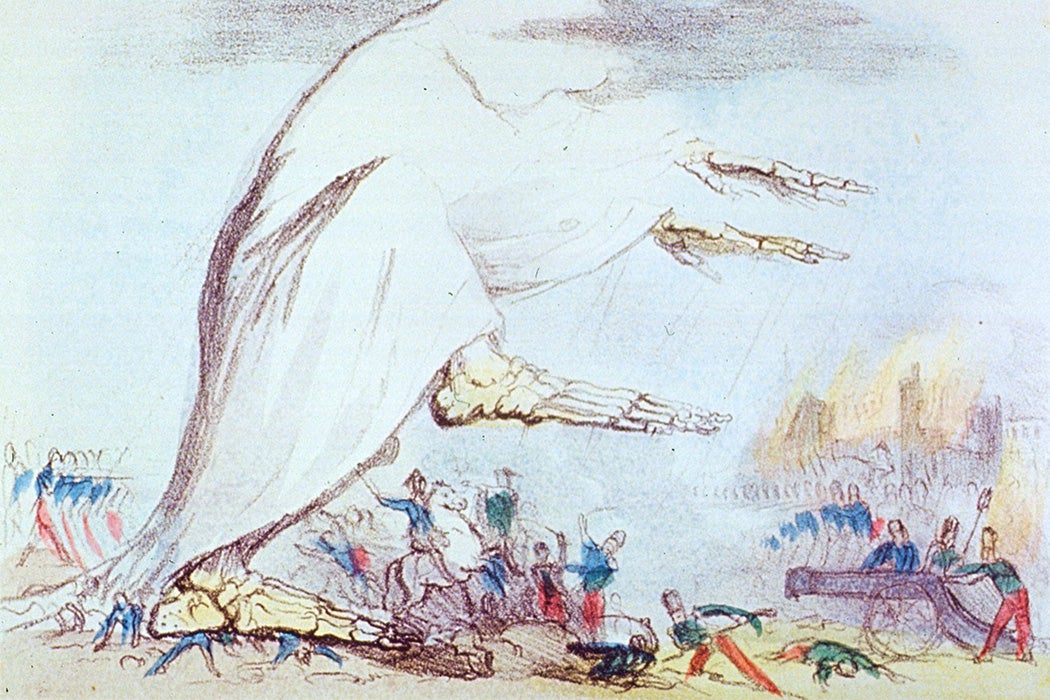The icon indicates free access to the linked research on JSTOR.
[Editor’s Note: This selection of readings was first published March 16, 2020, but it is being updated with new stories on an ongoing basis.]


Last week, the World Health Organization declared the novel coronavirus outbreak a global pandemic. In an effort to slow the spread of the disease, schools and universities across the world have transitioned to online instruction. Educators find themselves wondering how to engage their students amidst the developing crisis. We all find ourselves scrambling for information and, let’s face it, ways to make sense of our fear and anxiety.
While JSTOR Daily can’t provide new research on the novel coronavirus that’s causing COVID-19, we can offer important historical, scientific, and cultural context for this unprecedented situation. The essays and articles below—published over the last five years—look at the history of quarantine, contagious disease, viruses, infections, and epidemics. We’ll be updating this as we publish new content. As always, free access to the underlying scholarship cited in the stories is available to everyone.
Considering the Current COVID-19 Pandemic
July 28, 2020
Four different ways researchers use the virus's own structure to train our immune systems to exterminate it.
July 16, 2020
Without a vaccine, the only route to "herd immunity" to SARS-CoV-2 is through infection.
August 11, 2020
COVID-19 is disproportionately deadly among people of color. Long-term environmental racism could be a major factor in this disparity.
April 25, 2020
What's a masculine lesbian to do when her hair starts getting too long? Look at history for inspiration.
April 17, 2020
The psychology behind your urge to connect.
March 3, 2021
Curator Annie Tummino on the Queens College COVID-19 Collection.
April 6, 2020
Johns Hopkins epidemiologist and infectious disease expert Jennifer Nuzzo on why vaccines aren’t the answer, how COVID-19 is unique, and how to stay safe.
August 18, 2020
Covering concepts from spillover to virus mutation, this collection of free-to-access readings provides scientific context around the COVID-19 pandemic.
March 21, 2020
He made us feel better.
March 19, 2020
The World Health Organization has declared COVID-19 a pandemic. What exactly does that mean?
March 13, 2020
Scientists have different ideas about whether viruses are living beings. But they have solid advice on how to destroy them: wash up.
March 11, 2020
How do innocuous words become insidious in the face of a public health emergency?
March 1, 2020
The fear of the next global virus isn't just media indulging in catastrophizing; it's a collective concern for global economic and political health.
March 13, 2020
The containment of COVID-19 raises pressing questions related to the freedom of scientific information, civil liberties, and human rights, one scholar explains.
January 30, 2020
Can environmental law help contain viruses that spill over from animal to human populations?
December 16, 2020
Puzzles, or “dissected maps,” were invented in Georgian-era England, probably by a mapmaker named John Spilsbury in the early 1760s.
August 10, 2020
Consider this: people once thought too much reading was bad for kids.
Pandemics and Epidemics of the Past
July 13, 2020
Like COVID-19, the 1918 influenza pandemic moved swiftly through the Navajo community, but firsthand accounts of the devastation are rare.
April 28, 2020
What you learned about the diseases that decimated Native communities is probably wrong.
April 20, 2020
We should learn from, instead of repeating, the racist assignations of the past.
April 17, 2020
During the influenza pandemic, the Arizona city's police force fined and arrested people for not wearing face masks.
December 2, 2020
The Federal Writers’ Project offers vital lessons for capturing the oral histories of ordinary Americans living through the coronavirus pandemic.
April 7, 2020
Microbiologist Maurice Hilleman saw it coming, so the country made 40 million doses of the vaccine within months.
March 21, 2020
A century ago, Catholic nuns from Philadelphia recalled what it was like to tend to the needy and the sick during the great influenza pandemic of 1918.
January 15, 2018
The Spanish Influenza pandemic 100 years ago was the most lethal global disease outbreak since the Black Death. What were people thinking at the time?
November 9, 2019
In six weeks, 12,000 were dead of influenza.
May 30, 2019
The bacterium that causes the plague emerged relatively recently, as bacterium go. And yet the pandemics it's created have altered the world.
July 11, 2016
With warnings that a shortage of the vaccine against the virus could spur on a new epidemic, yellow fever is again in the scientific spotlight.
March 30, 2017
The melodramatic descriptions of "fevers" in old novels reveal just how frightening the time before modern medicine must have been.
April 2, 2020
"The poor, having no choice, remained.”
February 25, 2016
New research suggests alarming details about the plague, which repeatedly devastated populations across Europe, Asia, and Africa over the centuries.
July 5, 2020
If history is any guide, probably not.
The History of Quarantine
March 29, 2020
Listlessness, boredom, torpor, that "noonday demon" that tempts you away from spiritual connections—that's what was called acedia.
October 24, 2014
Such forms of enforced isolation are referenced as far back as the Old Testament, while the word "quarantine" itself dates to the late medieval Plague.
September 19, 2019
On September 1st, 1858, a mob stormed the New York Marine Hospital in Staten Island, and set fire to the building.
March 18, 2020
In the Decameron of Boccaccio, friends tell one another stories of love to while away the hours of quarantine.
November 11, 2014
A 2007 tuberculosis case teaches us about contagion, travel, and quarantine.
March 17, 2020
In the 1800s, sick passengers weren’t blamed for disease epidemics—their baggage and cargo was.
Infection and Disease Control
July 22, 2020
Lady Mary Wortley Montagu is credited with popularizing variolation among the aristocracy in England.
April 21, 2020
It took science centuries to understand malaria. Now we’re waiting to see how the 2019 vaccine pilot works.
October 9, 2014
Modern health authorities combating the Ebola virus in West Africa might look to medieval infection control for inspiration.
July 21, 2018
He's hailed as the "father of infection control" and the "savior of mothers," but the truth about Ignaz Semmelweis is more complicated than that.
September 17, 2014
The research behind hand washing and MRSA, a resistant bacteria.
March 16, 2017
Joseph Lister's landmark articles on antiseptic surgery in the Lancet were published 150 years ago. The revolution was not immediate.
May 28, 2018
Even though this physician pre-dated germ theory, he was able to track a London outbreak of cholera to one particular water pump.
Public Health
April 9, 2020
Before he led the effort to contain COVID-19, the nation's top infectious disease expert published several papers about pandemic preparedness. Here are two.
August 11, 2020
COVID-19 is disproportionately deadly among people of color. Long-term environmental racism could be a major factor in this disparity.
June 15, 2020
Four major theories of disease transmission dominated scientific discourse in the nineteenth century. As one scholar writes, all were political.
August 7, 2020
After the Civil War, support for public health measures was high. Now, some people blast them as part of the "nanny state."
July 19, 2020
From the almshouse to the nursing home, has long-term care for seniors been destined to fail?
March 30, 2020
A pamphlet published in 1840 advocates a four-pronged approach to public healthcare that sounds remarkably like our own.
March 23, 2020
Public healthcare experts have been anticipating and planning for a pandemic like COVID-19 for years. These research reports and scholarly articles explain how.
March 19, 2020
Diseases know no borders. International cooperation and solidarity, say scholars, are as essential as funding.
October 14, 2018
Plagues capture the public imagination in ways that other less terrifying--but more deadly--diseases don't.
January 22, 2015
It’s estimated that roughly 20% of the population are so-called "super-spreaders" who cause 80% of infectious disease cases.
June 16, 2018
Trying to bring down that fever? Studies show that most fevers are actually integral to effective immune responses.
August 3, 2018
Illness can challenge the notion of the self and disrupt patients' narratives about their own lives. Some scholars suggest that storytelling can help.
September 7, 2018
The WHO’s definition has been the target of criticism in the medical literature since its first appearance in 1948.
May 3, 2018
Researchers have found that Americans experience radically different health outcomes depending on their race and socioeconomic status.
July 20, 2017
While the U.S. debate over healthcare has been focused on Obamacare, we’ve been ignoring some other important aspects of health policy.
July 15, 2015
Sewage might be the key in tracking diseases.
February 19, 2015
Scientists and the public understand science topics quite differently, according to a new poll.
February 2, 2015
The news of a recent outbreak at Disneyland in California brought measles back into the public view.
October 7, 2015
Stefan Böschen and Kevin C. Elliot discuss how science is often misused by policy-makers, adversely affecting public awareness and disciplinary credibility.
December 18, 2016
Services like BetterHelp and Talkspace allow users to find therapists online, and conduct sessions through a mix of texts, e-mails, and video calls.
October 21, 2015
Heather Gilligan explores the impact of racism on the fight towards universal health care.
Illness as Metaphor: Cultural Representations of Illness
September 9, 2020
If the pandemic has you wishing for yesteryear, watching 12 Monkeys—and the time travel art film that inspired it—is just the thing.
March 10, 2021
The party as site of contagion in Edgar Allan Poe, Evelyn Waugh, and Ling Ma.
August 5, 2020
Some writers see contagion as a metaphor for community—proof that we exist within an interdependent network and not as autonomous disconnected islands.
April 3, 2020
Shelley's third novel, about the sole survivor of a global plague, draws on the now-outdated miasma theory of disease.
October 14, 2018
Plagues capture the public imagination in ways that other less terrifying--but more deadly--diseases don't.
You can read all our coverage of the coronavirus/COVID-19 outbreak for free. But please consider becoming a member on our Patreon page to support our nonprofit journalism.
